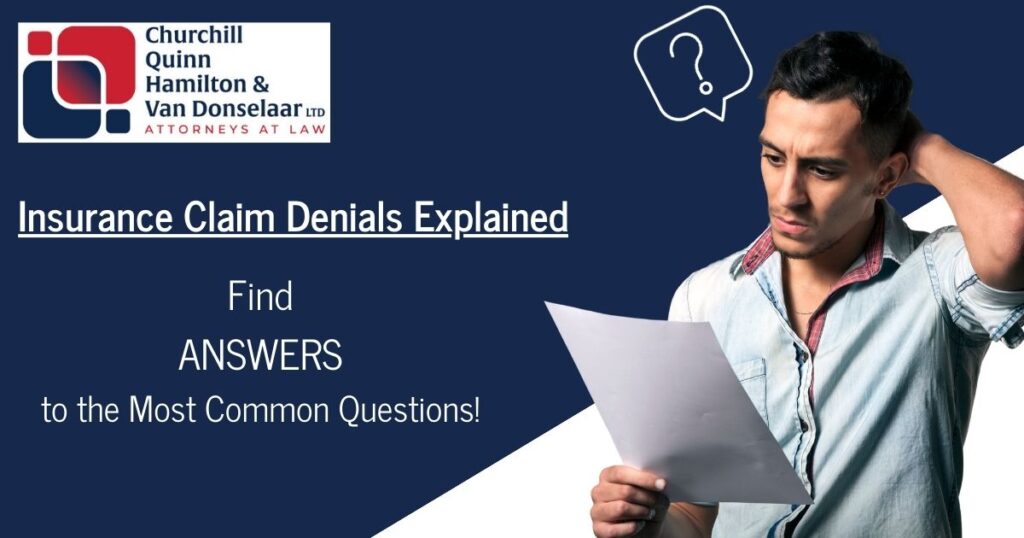
It is definitely an exciting time as your child prepares to head out on their new college adventure. However, amidst all the preparations, it is important to remember one critical aspect that often gets overlooked: legal protection. Once your child turns 18, they are legally considered an adult, which brings about significant changes in how you can assist them in medical and financial matters. To ensure you can continue to provide the support your child needs, whether they are down the road or across the country, it is essential to prepare two specific legal documents before they leave.
Medical Power of Attorney
A Medical Power of Attorney (MPOA) is a legal document that allows your child to designate a trusted person, usually a parent or guardian, to make healthcare decisions on their behalf if they become incapacitated or unable to communicate their wishes. If your child were to end up in the hospital while at college, this document could ensure that you could provide medical directives on their behalf if they are unable to. Without an MPOA, you might face significant hurdles in accessing medical information and making decisions, even in emergencies.
General Durable Power of Attorney
A General Durable Power of Attorney (GDPOA) grants someone the authority to manage your child’s financial affairs, including handling bank accounts, paying bills, and managing investments, especially if they are unable to do so themselves. In short, this document gives you the authority to make financial decisions on your adult child’s behalf if they become ill or disabled and need help. This could be crucial in ensuring that essential financial matters such as rent, tuition or unexpected costs are taken care of without unnecessary delays.
Work With Us for Peace of Mind
Online POA templates do exist, but working with Churchill, Quinn, Hamilton & Van Donselaar, Ltd. to customize them can be an essential part of keeping your child safe while they are away. Every family is different and our consultations help ensure that your documents are personalized to address any issues or circumstances that are specific to your family. And most importantly, we will make sure that your forms are drafted accurately, reflect your child’s wishes and are in compliance with all state laws.
Knowing that you have the proper legal documents in place before your child leaves for college provides peace of mind for both you and your child. In the event of a medical emergency or financial issue, you can act swiftly and confidently, knowing that you have the legal authority to do so. Contact us at 847-223-1500 to schedule an appointment.































